|
Finding monarch eggs and caterpillars is an exciting experience, especially if it's your first time! It can be a bit more difficult to find immature life stages of monarchs compared to the showy adult monarch. However, when you know what signs to look for, it can be much easier! If you are wondering when to look for monarch eggs, check the Journey North Monarch Egg Map to find out when they will be in your area! On the Trail of Monarch EggsThe best place to look for monarch eggs is on milkweed because it is the only plant that adult monarchs lay their eggs on. The trick is to look on the underside of the leaf but you may sometimes find eggs on the stems or flower buds as well. **It is important to be very careful when handling milkweed leaves so you don't accidentally crush or disturb monarch eggs. Caterpillars can drop off of plants if disturbed. Pinch the very tip of a leaf and carefully turn it over without shaking the plant.** Identifying Monarch EggsMonarch eggs could almost pass through the eye of a needle. In other words, very tiny! You may want to use a visual aid such as a jeweler's loupe or camera lens in order to identify the monarch egg. The egg is unique looking in that it is ovular, ribbed and somewhat transparent. A monarch is in the egg stage for 3-8 days. In order to hatch, it has to eat the eggshell and then begins feeding on the leaf. A single caterpillar can defoliate an entire milkweed plant and sometimes more depending on the plant's size. Signs of Monarch Caterpillars on Your MilkweedThere are several tell-tale signs that a monarch caterpillar has been on your milkweed. One thing to look for is milkweed leaves that have been chewed on, also known as signs of herbivory. Another sign is small dark bits of frass, another word for insect droppings. Monarch caterpillars go through five instars, or stages between molts. First instar caterpillars are very small and can appear almost translucent or pale green. Subsequent instars are distinctly striped in yellow, white, and black, with a pair of black tentacles on both ends of their bodies. The photo below shows a caterpillar that is next to a molted skin. Monarch caterpillars will grow to about 2,000 times their original size! If you have followed all the signs, then you will find monarchs! Good luck!
85 Comments
|
AuthorRebecca Chandler Archives
March 2024
Categories |

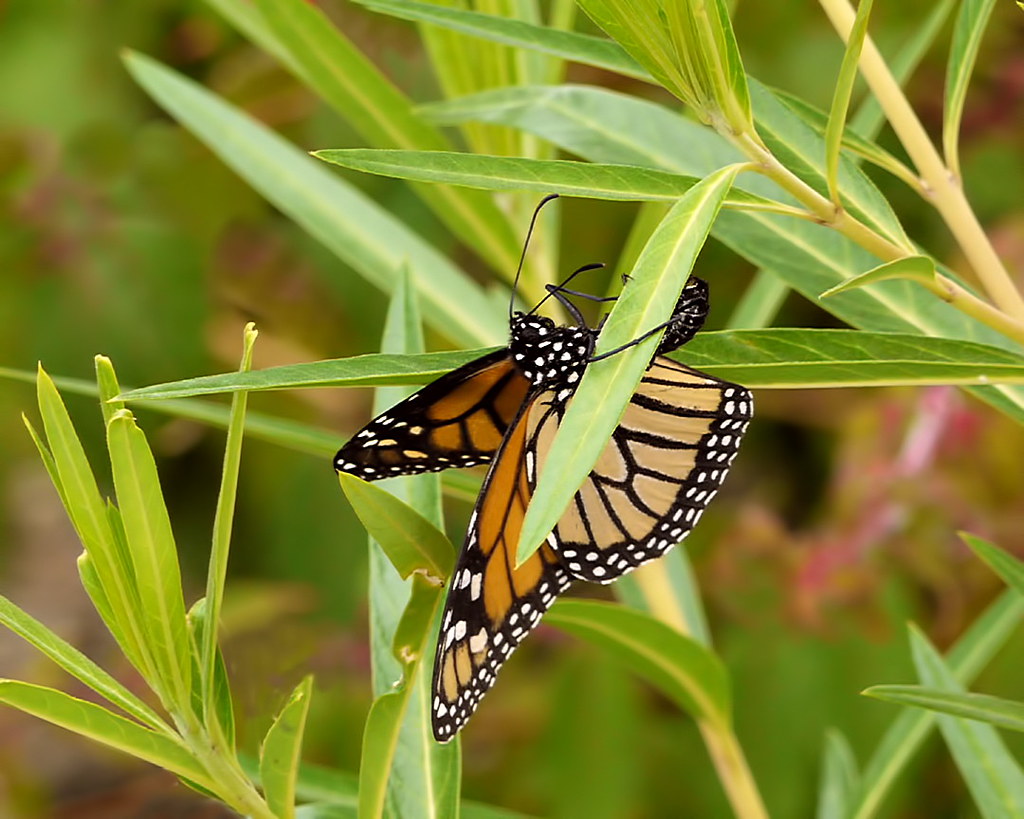
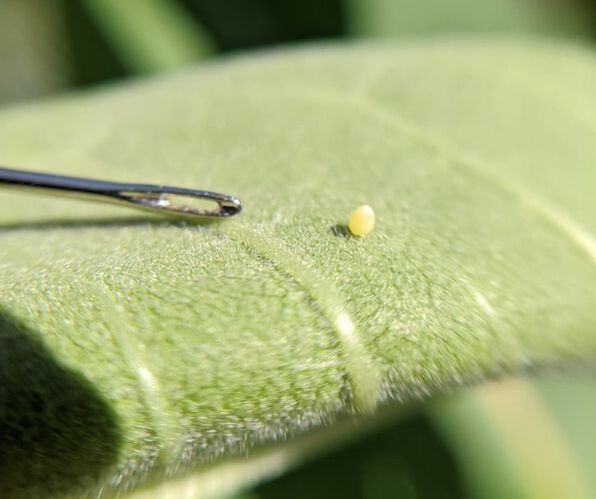
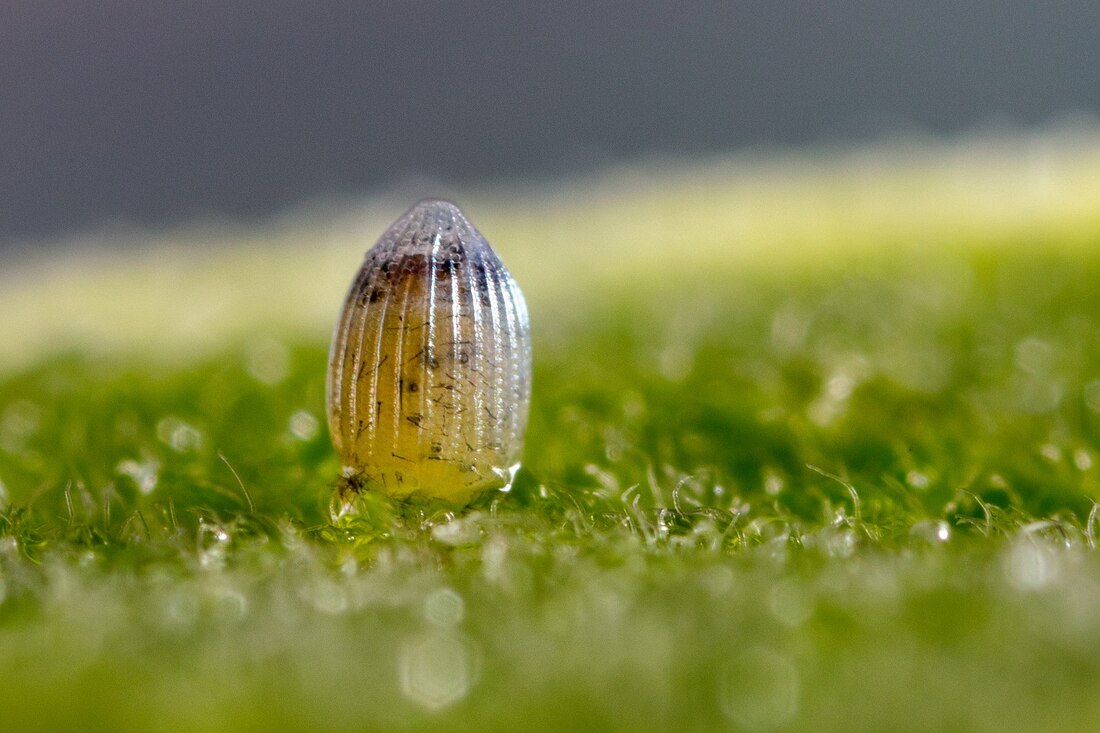
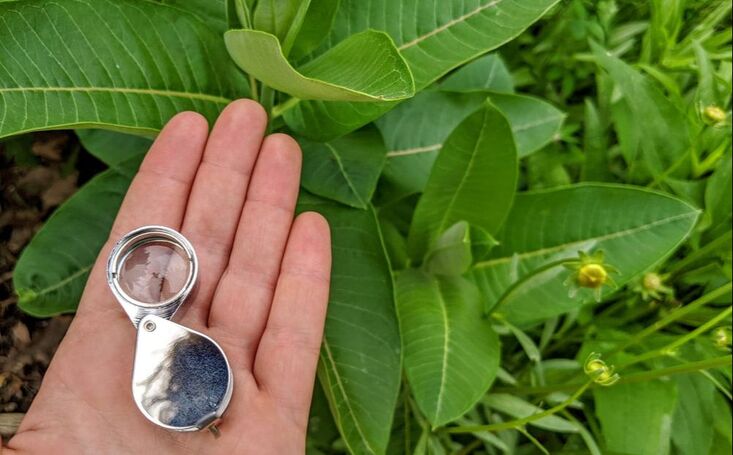
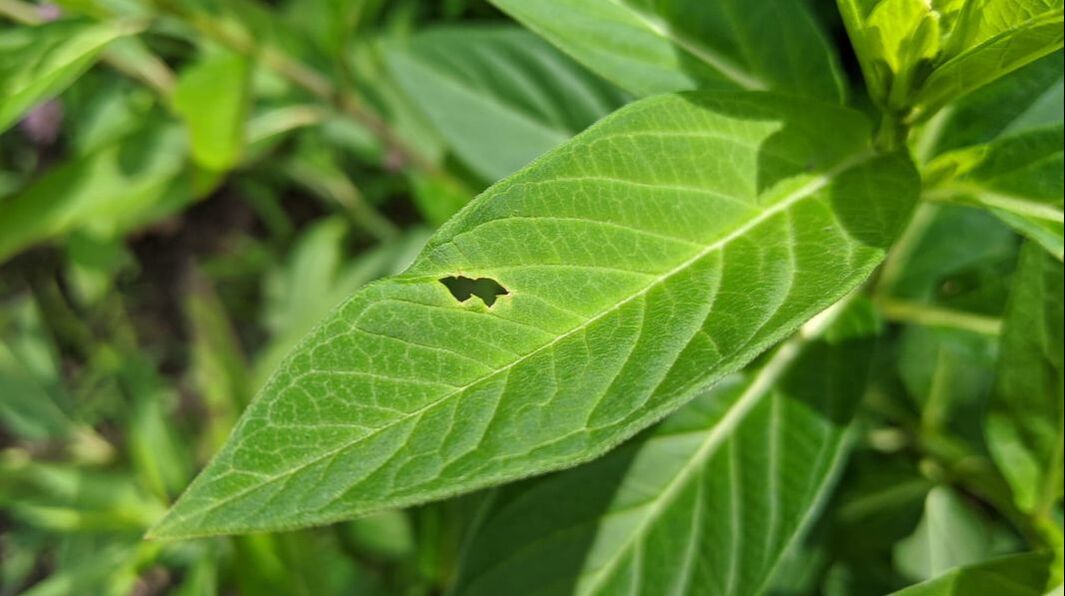
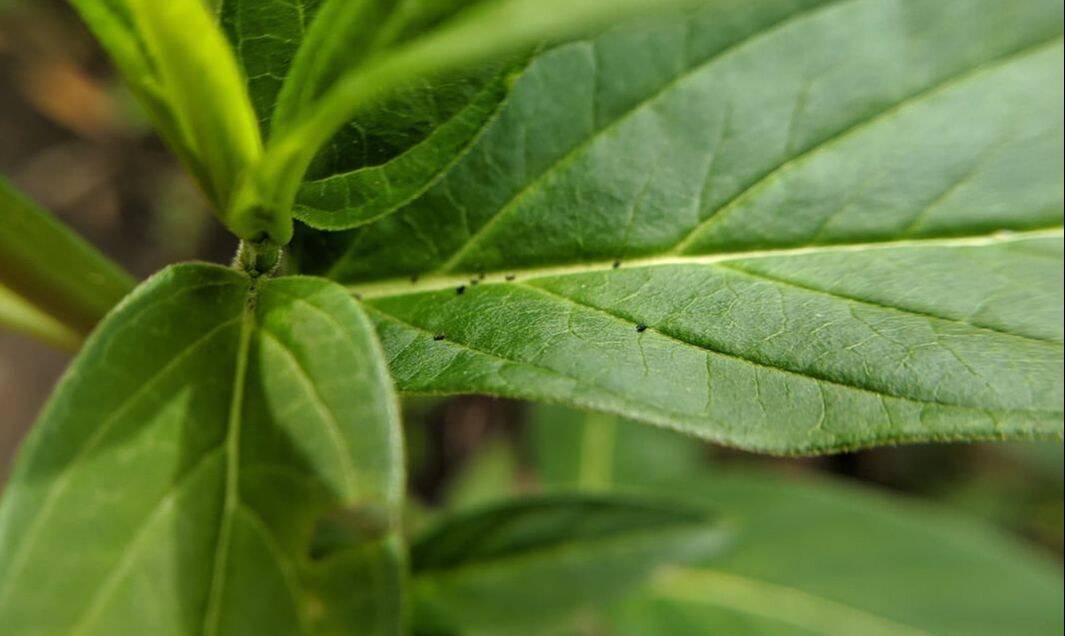
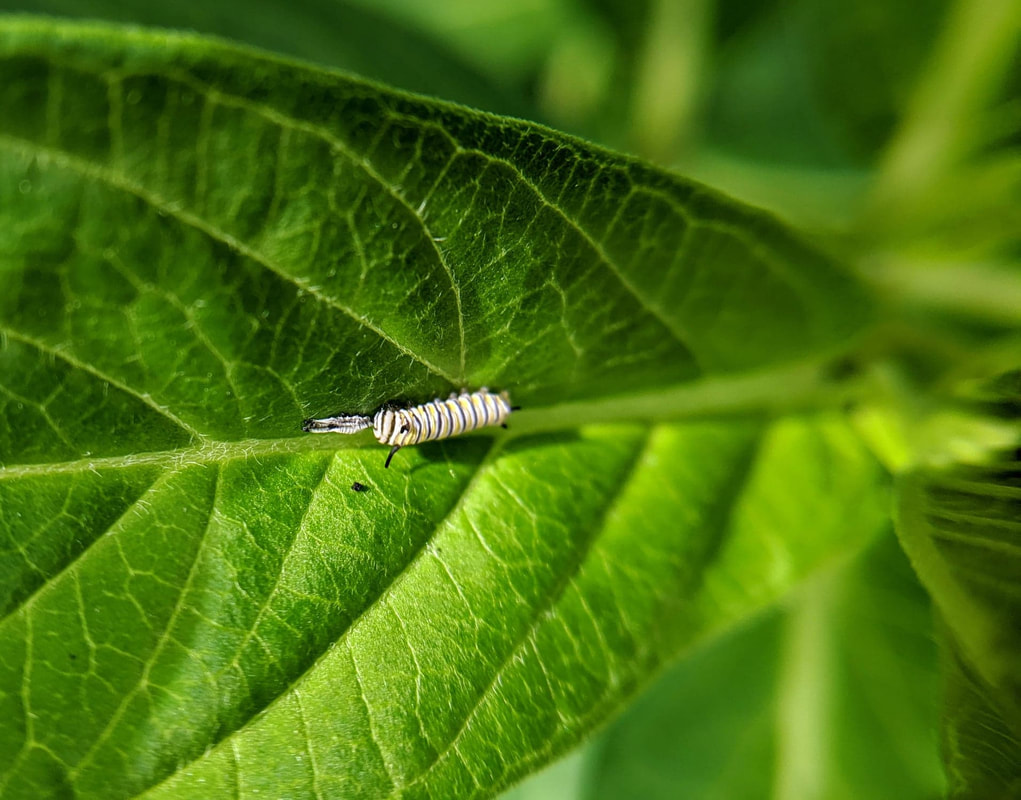

 RSS Feed
RSS Feed